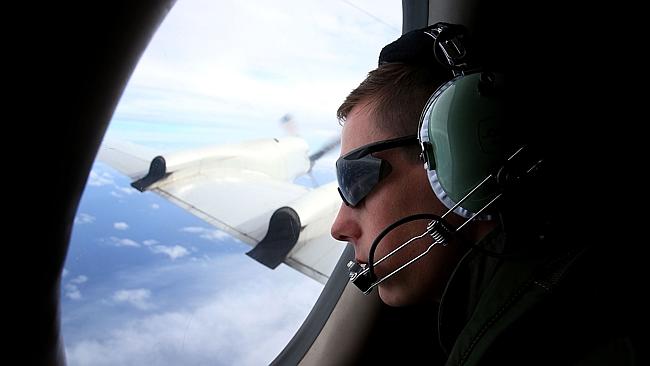Ocean currents ‘could scatter MH370 debris in different locations, at different speeds’
THE search for MH370 has been set back by poor weather conditions but is that the only factor hampering recovery efforts?

DEBRIS from Malaysia Airlines flight MH370 could have been scattered and pulled in different directions, at different speeds, by the huge ocean current in the southern Indian Ocean, according to a sea level scientist.
The search, which has been severely hampered by poor weather conditions in recent days, is focusing on a potential search zone about 2500 kilometres west of Perth.
Professor Chris Hughes, of the UK’s National Oceanography Centre, said it would be hard to choose a more complicated region of the ocean to be searching for wreckage.
Writing on The Conversation website, Prof Hughes said the search zone lies just on the northern flank of the Antarctic Circumpolar Current, a huge ocean current encircling Antarctica.
He said the effect of the earth’s rotation leads to the eastwards-flowing currents focusing into narrow bands, like rivers flowing within the ocean.
“The currents loop into closed ‘eddies’ that break away from their current and spin off, like high and low pressure systems moving through the atmosphere,” Prof Huges said.
“Unlike the atmosphere, these highs and lows are on a much smaller scale, perhaps 100-500km across. Typical flow speeds are around 20cm per second — about ten miles per day — but faster speeds of up to 100cm per second are possible, and the direction of flow at any one time is very unpredictable.
“The search area spans both the northernmost ‘river of the Circumpolar Current, and a much calmer area to the north where currents are much slower. This means debris could have been scattered and pulled in different directions, at different speeds.”
An added complication is the effect of the wind.
Prof Hughes said floating debris will be pushed by the wind, but will also be surrounded by water in the Ekman layer — the top 50 metres of the ocean in which the effect of the wind is felt.
He said in the more than two weeks since MH370 was lost, debris could have drifted by several hundreds miles from where the plane is presumed to have crashed.
Even if the debris spotted is confirmed to be from the Malaysia Airlines jet, finding any sunken remains will be still be a major challenge.
“The ocean in that region is about 3,500-4,000 metres deep, and finding sunken wreckage will involve combing a vast area with advanced sonar imaging technology,” Prof Hughes said.
“Then there is the challenge of reaching it: only specialised equipment can operate at the pressures of more than 350 atmospheres present at such depths, although from that point of view it could have been worse — large areas of the sea floor lie more than 5,000 metres below the surface, with a few narrow trenches beyond 10,000 metres deep.
“If the debris is confirmed to be from the Malaysia Airlines plane, a lot of work will remain to be done. It will still be a long time before we are in a position to determine what happened to flight MH370.”



